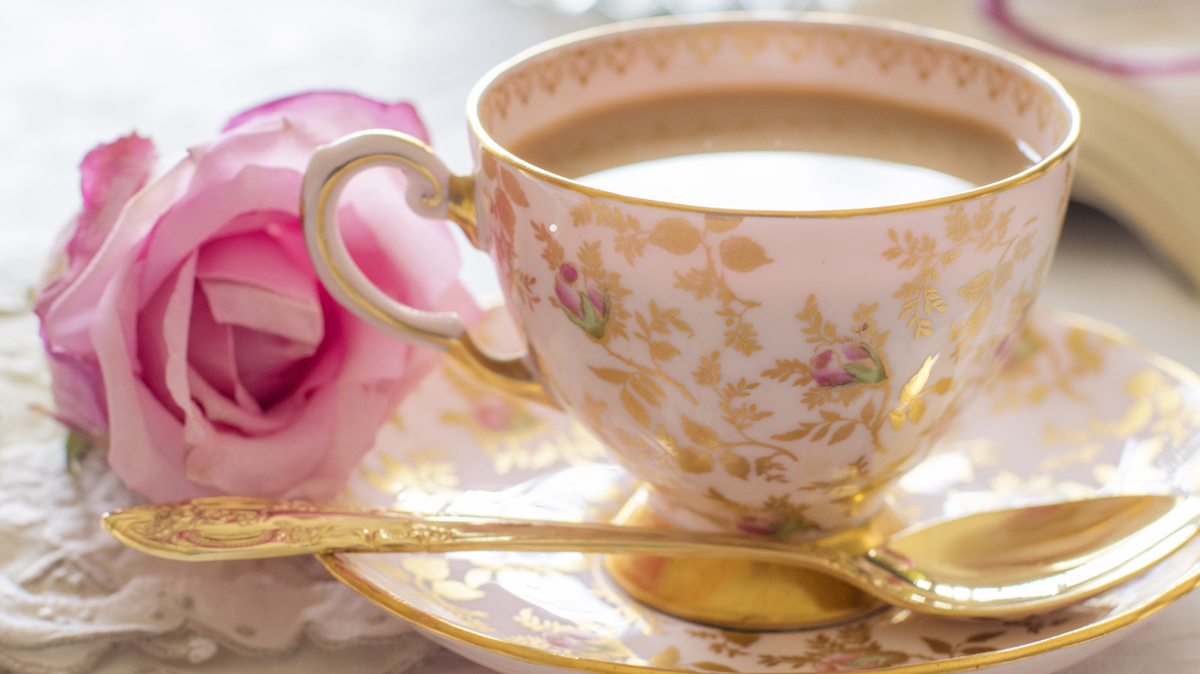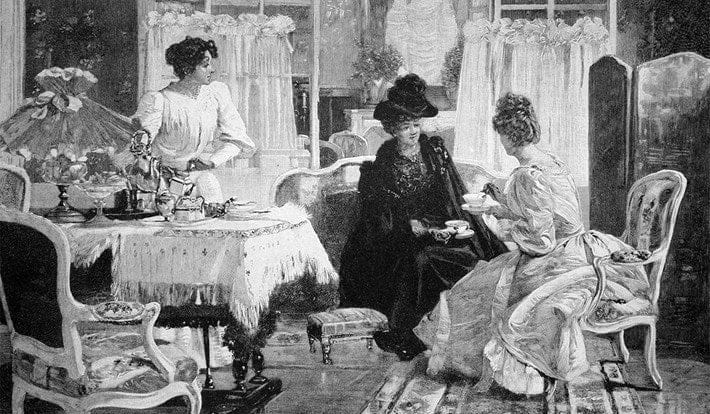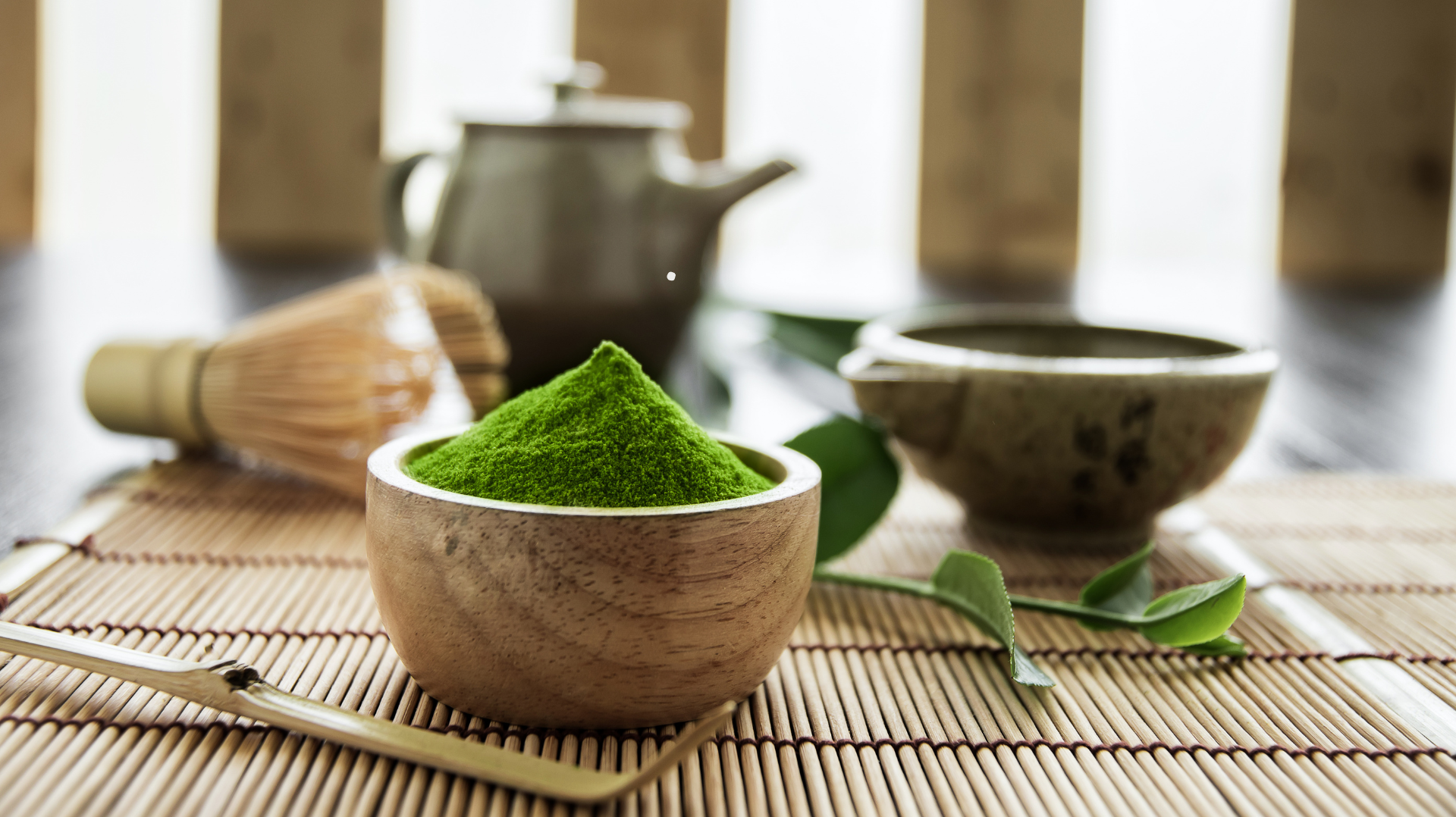What Makes Tea So Refined
Tea, in its many forms, has captivated the hearts and palates of people worldwide for centuries. From the ancient tea houses of China to the elegant afternoon tea salons of England, this humble beverage transcends mere refreshment to become a profound ritual of comfort and sophistication.

Tea’s storied past begins in ancient China, where legend tells of Shennong’s serendipitous discovery around 2737 BCE. As he sat by a boiling pot of water, some leaves from a wild tea tree drifted in, creating the first cup of tea. This chance event set in motion a tradition that would spread across continents and cultures.
In China, tea culture evolved over the centuries, particularly during the Tang and Song dynasties. It was during this period that tea drinking became an art form, with elaborate preparation techniques and a growing appreciation for the beverage’s delicate flavours. The tradition was carried to Japan by Zen Buddhist monks, who refined it into the revered tea ceremony known as "chanoyu." This ritual, with its emphasis on mindfulness and aesthetics, turned the simple act of drinking tea into a profound experience.
By the 17th century, tea had found its way to Europe, where it was embraced by the British upper classes. The tradition of afternoon tea was born from the ingenuity of Anna, the Duchess of Bedford, who sought a light meal to bridge the gap between lunch and dinner. This practice quickly evolved into a refined social event, characterised by its tiered stands of delicate sandwiches, scones, and pastries; all enjoyed alongside a carefully brewed pot of tea.

Tea is a marvel of diversity, offering a range of flavours and experiences, each with its unique preparation method. Green tea, with its subtle and fresh taste, is made from unoxidised leaves, retaining much of the plant’s natural antioxidants. This tea is prepared with care, using water that is slightly below boiling to avoid bitterness, and steeped for just a few minutes to preserve its delicate flavour.
Black tea, by contrast, undergoes full oxidation, resulting in a rich and robust flavour profile. It is often enjoyed with milk or lemon, and its preparation involves boiling water and a longer steeping time to extract its deep, malty notes.
Oolong tea represents a middle ground, offering a complex flavour that ranges from floral to fruity, depending on its level of oxidation. Its preparation is a meticulous process involving water at a temperature just below boiling and a short steeping time to highlight its intricate taste.
White tea, the least processed of all, boasts a delicate and subtly sweet flavour. Made from young leaves and buds, it requires the gentlest treatment, with cooler water and a brief steeping time to preserve its understated elegance.
Herbal teas, though not technically made from tea leaves, provide a plethora of flavours and benefits. Infusions of herbs, fruits, and flowers create a diverse range of options, from calming chamomile to invigorating peppermint.
Among the many tea varieties, matcha holds a special place. Originating from Japan, this powdered green tea offers a vibrant green colour and a rich, umami flavour. Unlike traditional tea, where leaves are steeped and discarded, matcha involves grinding whole tea leaves into a fine powder. This powder is then whisked with hot water, creating a frothy and intense brew.

The preparation of matcha is an art in itself. To make a perfect cup, one sifts the matcha powder into a bowl, adds a small amount of hot water, and whisks it briskly in a "W" motion until it becomes frothy. This process not only enhances the tea’s flavour but also provides a moment of mindfulness and calm.
Matcha is celebrated for its health benefits. It contains high levels of antioxidants, particularly catechins, which are known for their potential in reducing inflammation and improving heart health. Additionally, matcha provides a steady release of energy due to its caffeine content, which, unlike coffee, is balanced with L-theanine, an amino acid that promotes relaxation and focus.
Why Tea is so elegant
Tea’s elegance is deeply rooted in its historical significance, cultural rituals, and the sensory experience it offers.
- Historical Significance: Tea has long been associated with sophistication and social status. Its journey from ancient China to European courts reflects a tradition of refinement and exclusivity. In Britain, afternoon tea became a symbol of high society, with elaborate settings and genteel behaviour enhancing its status.
- Rituals and Ceremonies: Tea ceremonies, such as the Japanese chanoyu and the Chinese gongfu cha, turn tea drinking into a ceremonial art. These rituals involve precise preparation, an appreciation for aesthetics, and a focus on mindfulness, elevating the simple act of drinking tea to an elegant practice.
- Aesthetic Presentation: The visual and tactile aspects of tea enhance its elegance. From beautifully crafted teapots and cups to well-set tables with fresh flowers, every detail contributes to a refined experience. The gracefulness of the tea pouring and the delicate patterns on the china add to the sensory enjoyment.
- Sensory Experience: Tea engages multiple senses, offering a rich aroma, nuanced flavours, and a comforting texture. The experience of savouring a well-prepared cup of tea is both calming and sophisticated.
- Cultural Traditions: Tea is embedded in cultural practices that emphasise hospitality, grace, and social interaction. The etiquette surrounding tea drinking and the ritualistic aspects of afternoon tea and other ceremonies reflect a deep appreciation for tea as a cultured and elegant practice.
- Emotional and Psychological Aspects: Tea provides a moment of calm and introspection, offering a pause from daily life. This meditative quality adds to its elegance, creating an opportunity for mindfulness and relaxation.
Beyond its cultural and social significance, tea offers a range of health benefits. Its antioxidants, such as catechins in green tea and theaflavins in black tea, can help combat oxidative stress and reduce the risk of chronic diseases. The calming effects of L-theanine in matcha and other teas contribute to improved mental clarity and reduced stress levels.
Herbal teas, like chamomile and peppermint, offer additional benefits. Chamomile is known for its calming properties, aiding in sleep and relaxation, while peppermint can soothe digestive issues and relieve headaches.
Tea is a journey through time and culture, a beverage that has evolved from an ancient discovery to a global tradition. Its diverse varieties, from the delicate notes of white tea to the rich depth of black tea, offer a sensory experience that transcends the simple act of drinking. The ritual of matcha preparation and the elegance of afternoon tea further highlight tea’s role in enhancing our daily lives.
Tea invites us to slow down, savour the moment, and enjoy a tradition that continues to bring people together in harmony and joy. Its elegance lies not only in its rich history and refined practices but also in the simple, profound pleasure of a perfectly brewed cup.





